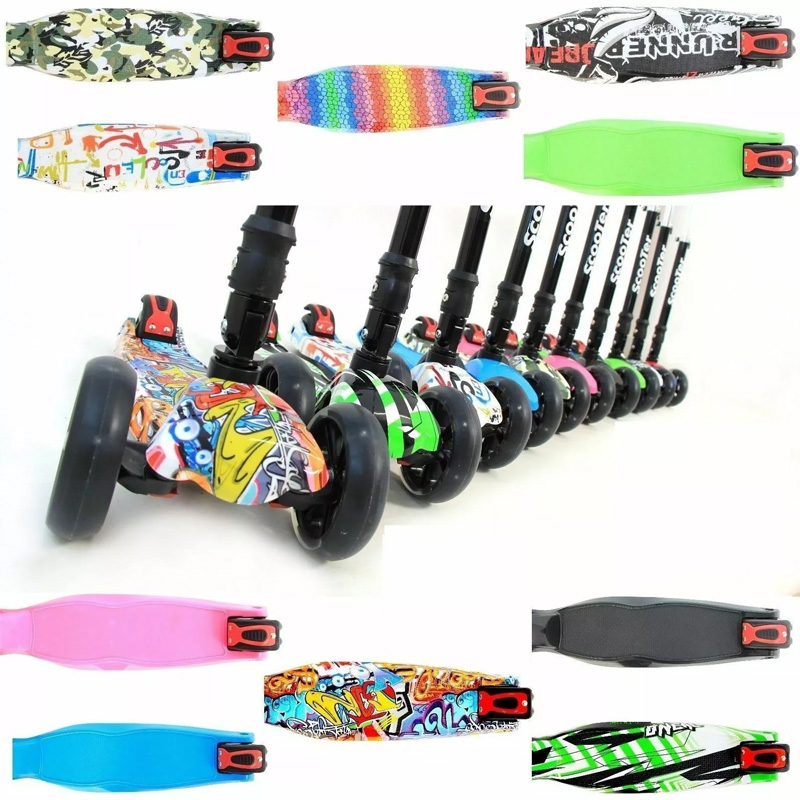The Rise of Kids’ Self-Balancing Scooters A Perfect Blend of Fun and Learning
In recent years, self-balancing scooters, commonly known as hoverboards, have taken the world by storm, especially among the younger generation. These innovative gadgets not only provide endless entertainment but also offer numerous benefits for children, ranging from physical fitness to improved balance and coordination. This article delves into the growing trend of kids’ self-balancing scooters, exploring their features, advantages, and safety considerations.
Self-balancing scooters operate on the principle of gyroscopic technology. With sensors detecting the rider's weight and movements, these scooters allow kids to accelerate, decelerate, and turn simply by shifting their body weight. This intuitive method of control means that young riders quickly learn how to manipulate their scooters, fostering a sense of independence and confidence in their abilities. For many children, the process of learning to ride a self-balancing scooter can be an exhilarating experience, boosting their self-esteem as they master a new skill.
The Rise of Kids’ Self-Balancing Scooters A Perfect Blend of Fun and Learning
In addition to physical fitness, these scooters can play a crucial role in enhancing children’s motor skills. As riders learn to navigate curves and slopes, they develop hand-eye coordination and spatial awareness. This can contribute positively to their overall physical development, setting a foundation for participating in various sports and activities as they grow older. Furthermore, the thrill of riding a self-balancing scooter can spark an interest in more active hobbies, encouraging children to explore other outdoor pursuits like cycling, skating, or dancing.
kids self balancing scooter

Safety is undoubtedly a major concern for parents when it comes to kids’ self-balancing scooters. Fortunately, manufacturers are increasingly aware of this issue and are integrating safety features into their designs. Many scooters now come equipped with non-slip footpads, LED lights, and robust frames to withstand bumps and drops. Additionally, there are available protective gear options such as helmets, knee pads, and elbow pads designed specifically for young riders. Educating children on the importance of safety gear and proper riding techniques further mitigates potential risks associated with riding scooters.
Before purchasing a self-balancing scooter for their child, parents should consider several important factors. Firstly, choosing a scooter with appropriate weight limits is essential to ensure safety and performance. The scooter should also be age-appropriate in terms of size and speed capabilities. Recommendations from fellow parents or product reviews can provide insight into the best options available in the market.
Finally, it’s important for parents to set guidelines for scooter use. Designating safe riding areas away from traffic and crowds can prevent accidents and help children build confidence in their skills. Encouraging friendly races or obstacle courses could also enhance the experience, turning riding into a fun family activity.
In conclusion, kids’ self-balancing scooters represent more than just a passing trend; they are an exciting avenue for fostering physical fitness, motor skills, and independence. As children glide around on their scooters, they not only enjoy a thrilling ride but also embark on a journey of personal growth and learning. With proper safety measures in place and guidance from parents, self-balancing scooters can offer an enriching experience that blends fun and development, making them a fantastic addition to any child’s playtime.
-

 Scoot&RideKids Child Kick Push Scooter 3 Wheels with LED Flashing Tilt Lean Boys Girls Scooter
Scoot&RideKids Child Kick Push Scooter 3 Wheels with LED Flashing Tilt Lean Boys Girls Scooter




- 4
$33.17 -

 Scoot&RideKids Scooter Child Kick Flashing LED Light Up 3 Wheel Push Adjustable Folding 3
Scoot&RideKids Scooter Child Kick Flashing LED Light Up 3 Wheel Push Adjustable Folding 3- 0
$25.52 -

 Scoot&RideKids Scooter Child Kick Flashing LED Light Up 3 Wheel Push Adjustable Folding 2
Scoot&RideKids Scooter Child Kick Flashing LED Light Up 3 Wheel Push Adjustable Folding 2- 0
$33.17 -

 Scoot&RideKids Scooter Teens Foldable Kick Push Scooter Adjustable Height Safe 2 Wheels
Scoot&RideKids Scooter Teens Foldable Kick Push Scooter Adjustable Height Safe 2 Wheels




- 4
$49.99
Meet our partners and discover what powers their creativity!
When you register for a Lohas scooter, you will receive a 10% discount on your first order and can be notified of sales, new product launches and other offers in advance.









